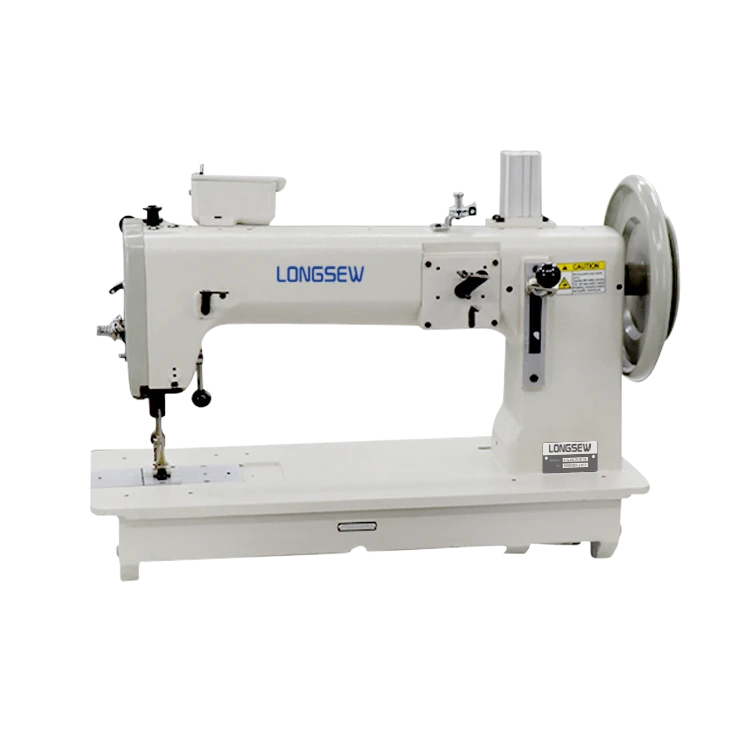lock stitch sewing
Understanding Lock Stitch Sewing The Backbone of Tailoring
Lock stitch sewing is an integral technique in the world of garment construction and textile work. This method, characterized by its strong and durable stitches, forms the foundation of many sewing projects, from simple repairs to complex clothing designs. In this article, we will explore the basics of lock stitch sewing, its applications, advantages, and the tools involved in this essential sewing technique.
What is Lock Stitch Sewing?
Lock stitch sewing uses a combination of two threads—the upper thread and the bobbin thread—to create a secure stitch that locks the fabric layers together. The upper thread is fed from a spool on the sewing machine, while the bobbin thread is wound into a small spool located beneath the needle plate. When the needle pierces the fabric, the upper thread forms a loop, and the bobbin hook catches this loop to entwine the two threads, locking them in place.
This technique is employed in various sewing machines, including home sewing machines and industrial sewing systems, making it a versatile choice for tailors and seamstresses. The result is a neat, flat seam that is strong enough to withstand the strain of regular wear and washings.
Applications of Lock Stitch Sewing
Lock stitch sewing finds its application in a multitude of sewing projects. It is commonly used for
1. Clothing Construction Most garments, from shirts to dresses, are stitched using lock stitches as they provide a clean finish and adequate strength to seams.
2. Home Décor Items such as curtains, pillow covers, and table linens often utilize lock stitching for both aesthetic and structural purposes.
3. Quilting In quilting, lock stitches secure multiple layers of fabric together, ensuring a cohesive design and durability.
4. Upholstery Lock stitches are essential in upholstery projects for making strong seams that can endure wear and tear.
Advantages of Lock Stitch Sewing
lock stitch sewing

One of the key advantages of lock stitch sewing is its versatility. This method allows for a wide range of stitch lengths and types, which can be adjusted according to the fabric and project requirements. Apart from versatility, lock stitching offers several benefits
- Strength Lock stitches are robust, providing a level of durability that is ideal for items subjected to stress, like clothing seams and upholstery.
- Aesthetic Appeal The smooth finish of lock stitches is visually appealing, making it a popular choice for both visible and hidden seams.
- Ease of Use With the right machine setup, lock stitching is relatively easy to learn and execute, making it accessible for both novices and experienced sewists.
Tools for Lock Stitch Sewing
To successfully execute lock stitch sewing, certain tools and equipment are necessary
1. Sewing Machine A quality sewing machine capable of creating lock stitches is essential. Look for features such as adjustable stitch length and tension settings for optimal results.
2. Threads Quality threads are important; choose polyester or cotton threads that can withstand the sewing process while providing a strong hold.
3. Needles Select the appropriate needle type and size according to the fabric being used. A sharp needle is best for woven fabrics, while a ballpoint needle works well for knits.
4. Bobbin Ensure that your bobbin is wound correctly and securely inserted in the machine. A properly functioning bobbin is crucial for successful lock stitching.
Conclusion
Lock stitch sewing is a fundamental skill for anyone interested in garment construction and textile creation. Its unique ability to provide strength and aesthetic appeal makes it a favored technique among sewists. By familiarizing yourself with the principles and tools involved, you will enhance your sewing repertoire, opening doors to various creative possibilities. Whether you're mending a tear or taking on a complex sewing project, the lock stitch is sure to play a vital role in your sewing journey.
-
Heavy Duty Leather Sewing Machine: A Must-Have for Professional LeatherworkNewsMay.28,2025
-
Leather Sewing Machine: Essential for High-Quality LeathercraftNewsMay.28,2025
-
Extra Heavy Duty Sewing Machine for Premium Leather ApplicationsNewsMay.28,2025
-
Walking Foot Cylinder Arm Sewing Machine: Precision and Power CombinedNewsMay.28,2025
-
Industrial Cylinder Arm Sewing Machine: Engineered for High-Performance StitchingNewsMay.28,2025
-
Cylinder Bed Sewing Machine: A Powerful Solution for Precision StitchingNewsMay.28,2025
-
Zigzag Sewing MachineNewsMay.12,2025





























